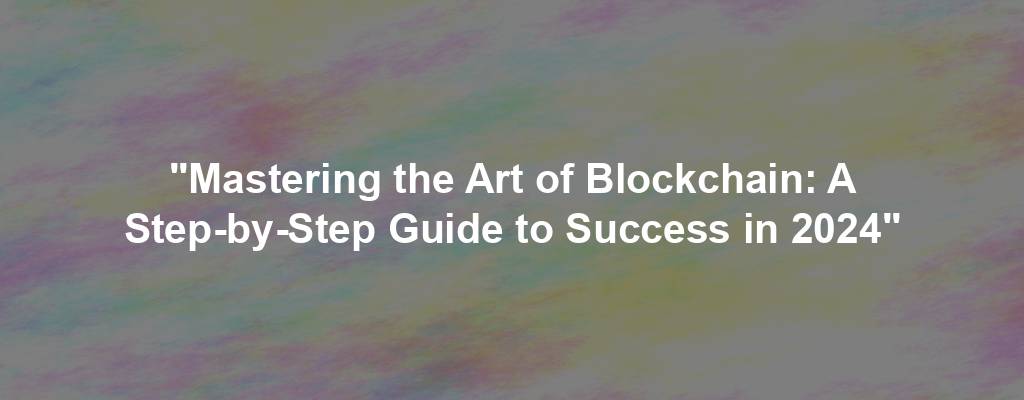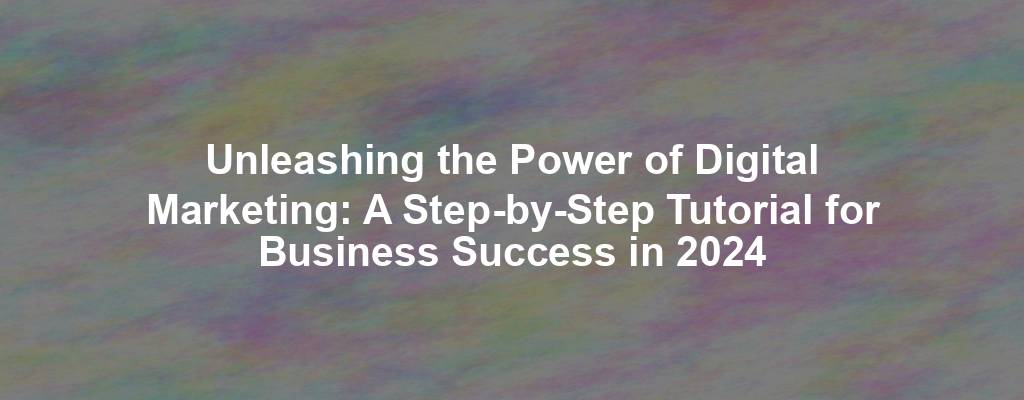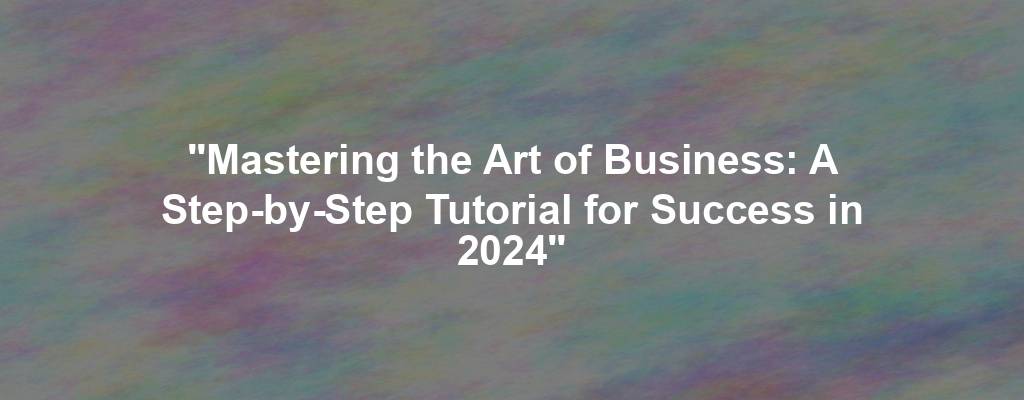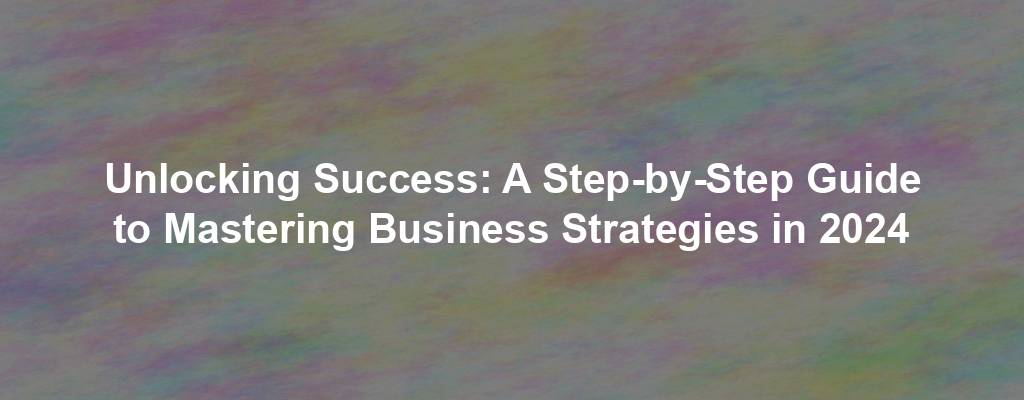Introduction
Blockchain technology has been gaining momentum in recent years, with more and more industries adopting it to secure transactions and streamline processes. For those looking to master this revolutionary technology, it can seem like a daunting task. However, with the right approach and a step-by-step guide, success can be achieved in 2024 and beyond. In this article, we will provide you with a comprehensive roadmap to mastering the art of blockchain.
Understanding Blockchain Technology
Before diving into mastering blockchain, it is important to have a strong foundation of what blockchain technology is and how it works. Blockchain is a decentralized digital ledger that securely records transactions across multiple computers. Each transaction is verified by network participants, making it virtually impossible to alter the data once it has been recorded.
To understand blockchain better, familiarize yourself with key concepts such as blocks, nodes, consensus mechanisms, and cryptography. Understanding these fundamentals will give you a solid grounding on which to build your expertise.
Choosing the Right Blockchain Platform
The next step in mastering blockchain is selecting the right platform to work with. There are several blockchain platforms available, each with its own strengths and weaknesses. Some popular choices include Ethereum, Hyperledger, and Corda.
Consider your use case and requirements when choosing a platform. For example, if you are looking to build decentralized applications, Ethereum may be the best choice due to its smart contract functionality. On the other hand, if you are working on enterprise-level projects, Hyperledger may be more suitable due to its permissioned blockchain approach.
Developing Blockchain Applications
Once you have chosen a blockchain platform, the next step is to start developing blockchain applications. This can be done using various programming languages such as Solidity, Go, or Java, depending on the platform you are working with.
Start by creating a simple smart contract or decentralized application to get a feel for how blockchain development works. As you gain experience, you can move on to more complex projects and explore advanced features such as tokenization and decentralized finance.
Networking and Collaboration
Networking and collaboration are essential in the blockchain industry. Attend conferences, join online forums, and participate in hackathons to connect with like-minded individuals and stay updated on the latest trends and developments.
Collaborate with other developers and blockchain experts to exchange ideas and gain valuable insights. By building a strong network within the blockchain community, you can expand your knowledge and enhance your skills.
Continuous Learning and Adaptation
Blockchain technology is constantly evolving, with new innovations and advancements being made regularly. To stay ahead in the field, it is important to engage in continuous learning and adaptation.
Stay updated on the latest industry news, follow thought leaders in the blockchain space, and participate in online courses and workshops. By continuously enhancing your skills and knowledge, you can keep up with the fast-paced world of blockchain and remain competitive in the industry.
Conclusion
Mastering the art of blockchain requires dedication, perseverance, and a willingness to learn and adapt. By following this step-by-step guide, you can set yourself on the path to success in 2024 and beyond. Remember to build a strong foundation of blockchain knowledge, choose the right platform, develop applications, network and collaborate, and continue learning and adapting to stay ahead of the curve. With the right mindset and approach, you can achieve success in the dynamic world of blockchain technology.
Keywords:
1. Blockchain technology
2. Decentralized applications
3. Smart contracts
4. Ethereum
5. Hyperledger
6. Consensus mechanisms
7. Cryptography
8. Tokenization
9. Decentralized finance
10. Continuous learning.





